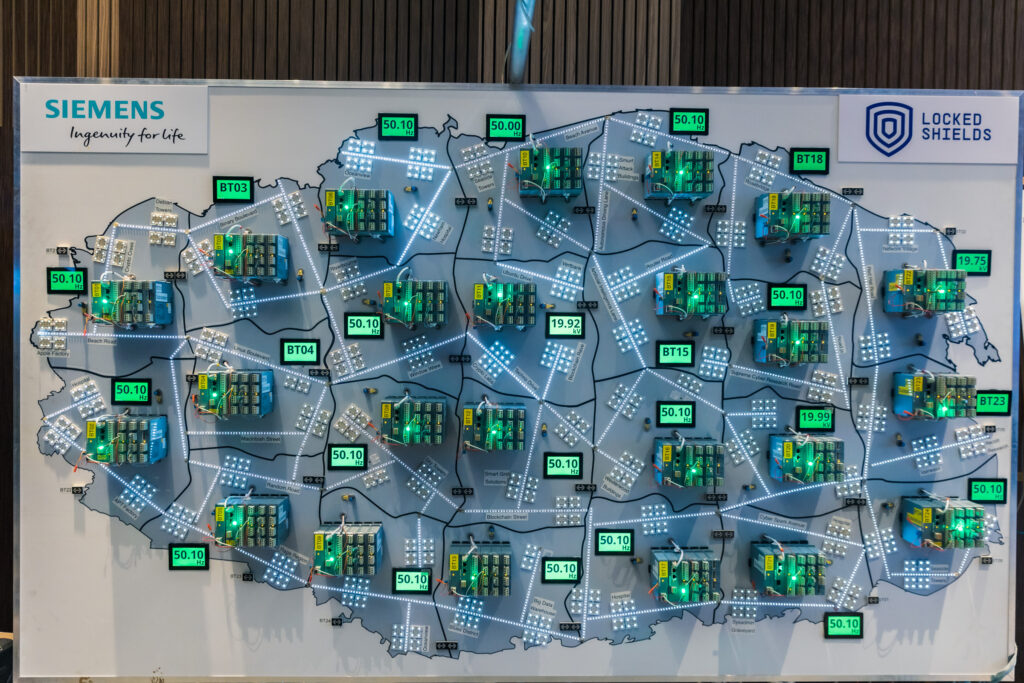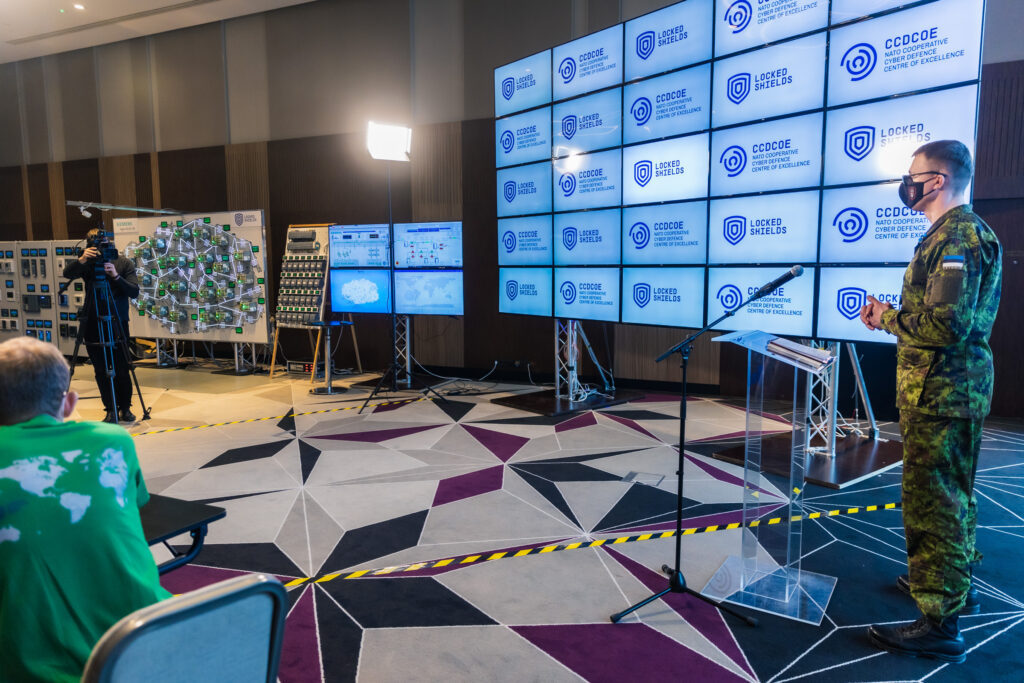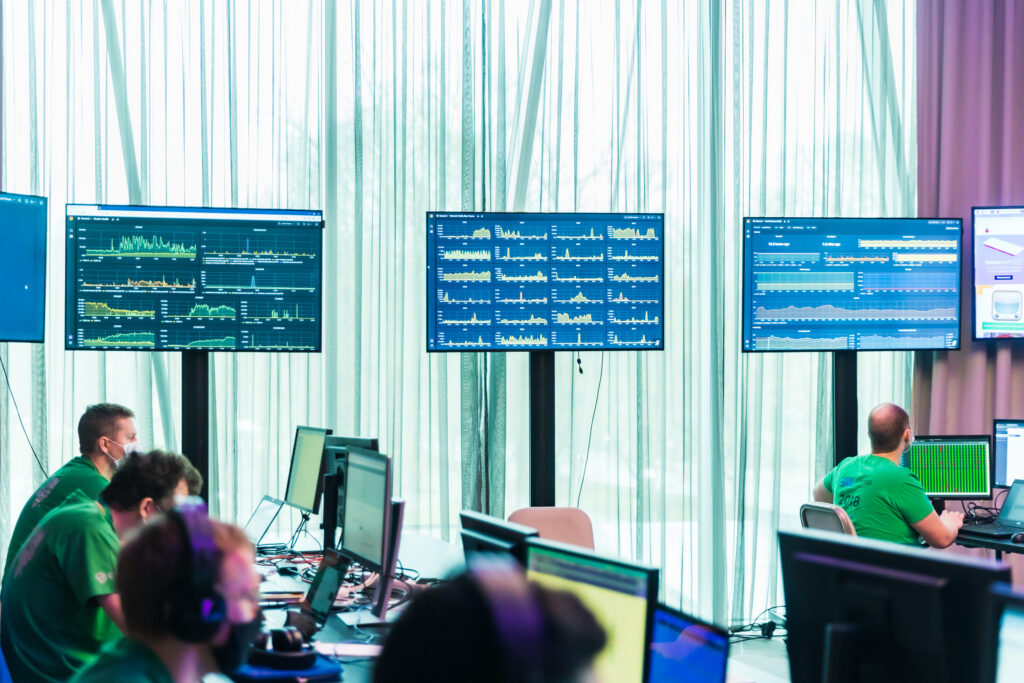Over 20 teams practiced defence against large-scale cyberattacks in the Estonia-based Locked Shields exercise, organised by the NATO Cooperative Cyber Defence Centre of Excellence, headquartered in the Estonian capital, Tallinn.
Altogether 22 blue teams, including a NATO alliance team, practised defence of complex IT networks in the event of a large-scale cyberattack in the exercise that came to an end on 15 April.
In addition to maintaining more than nearly 5,000 virtualised systems, including realistic replications of critical national infrastructure while experiencing more than 2,500 attacks, the teams had to tackle the influence of information operations, the NATO Cooperative Cyber Defence Centre of Excellence said in a statement.

Locked Shields is a red team vs blue team exercise, where the latter is formed by the member nations and partners of the NATO Cooperative Cyber Defence Centre. The participating blue teams play the role of national cyber rapid reaction teams that are deployed to assist a fictional country in handling large-scale cyber incidents and all their multiple implications.
“Our aim is to give the participating technical experts a realistic experience of being their nation’s front-line defender in case of a large-scale cyberattack. With the help of our industrial partners, we have built a target set consisting of vital national infrastructure elements and military systems. Such a full spectrum of technical cyber targets to be defended is what sets Locked Shields apart from most other cyber exercises,” Colonel Jaak Tarien, the director of the cyber defence centre, said in a statement.

More challenging than ever before
“This year, the exercise featured several new dilemmas for the strategic decision-making element as well. The financial services sector was highlighted as a vector for enemy attack. The exercise examined how evolving technologies, such as deepfakes, will shape future conflict. The cyber domain and information warfare operate hand in hand in the modern environment. Strong strategic communication policies can mitigate the effects of an enemy`s information warfare campaign,” Commander Michael Widmann, the chief of the centre’s strategy branch, noted.
“In general, the exercise was more challenging than ever before due to coordination of teams happening remotely around the world in different time zones. This represents our new reality of executing and coordinating complex exercises with remote partners,” he added.

Locked Shields 2021 is a cyber defence exercise organised by the NATO Cooperative Cyber Defence Centre of Excellence in cooperation with multiple partners, such as NATO Communications and Information Agency, the Estonian defence ministry, the Estonian Defence Forces, Siemens, Ericsson, Tallinn University of Technology, Cisco, Microsoft, the European Defence Agency, the US Federal Bureau of Investigation, and many others.
The NATO Cooperative Cyber Defence Centre of Excellence is a NATO-accredited cyber defence hub that supports the alliance’s member nations and the alliance itself with cyber defence expertise.
The member nations of the centre are Austria, Belgium, Bulgaria, Croatia, the Czech Republic, Denmark, Estonia, Finland, France, Germany, Greece, Hungary, Italy, Latvia, Lithuania, Montenegro, the Netherlands, Norway, Poland, Portugal, Romania, Slovakia, Slovenia, Spain, Sweden, Switzerland, Turkey, the United Kingdom and the United States.
Cover: Locked Shields exercise, organised by the NATO Cooperative Cyber Defence Centre of Excellence, headquartered in the Estonian capital, Tallinn. Photo by NATO CCD COE.

